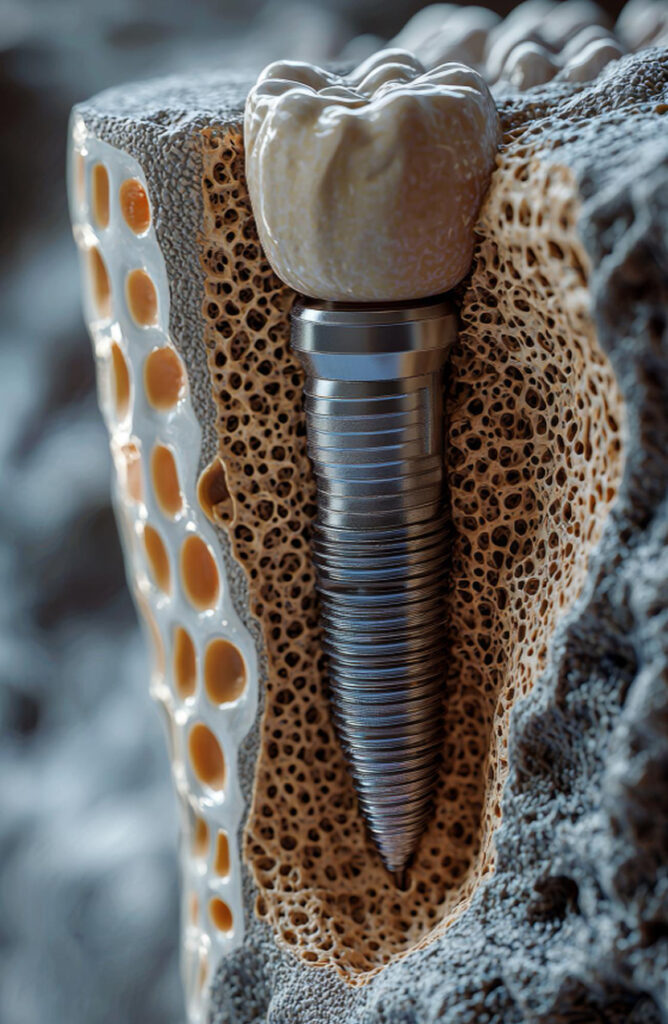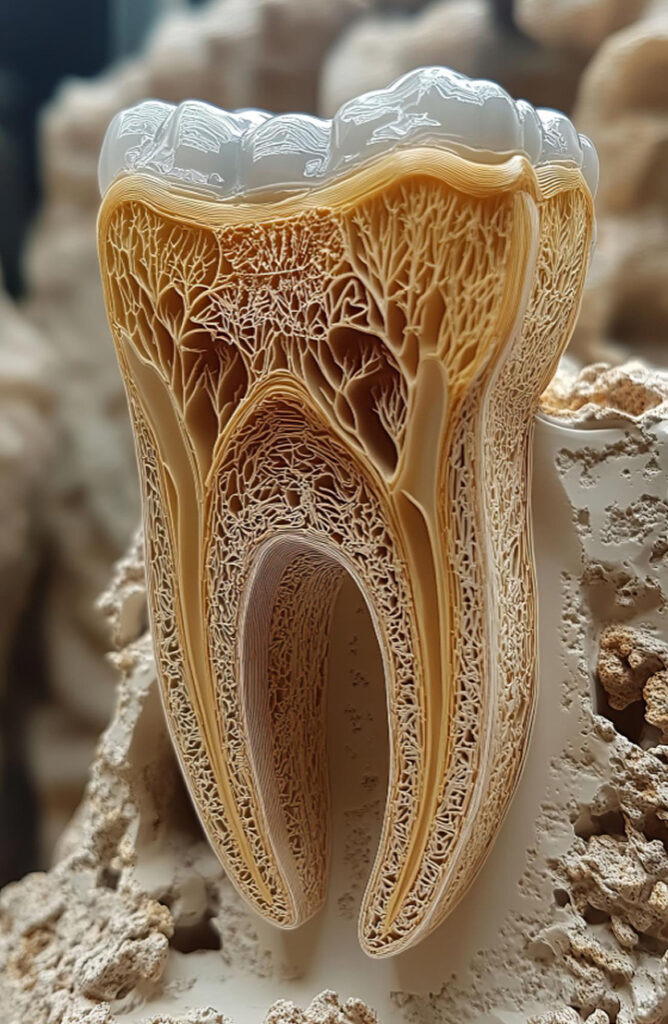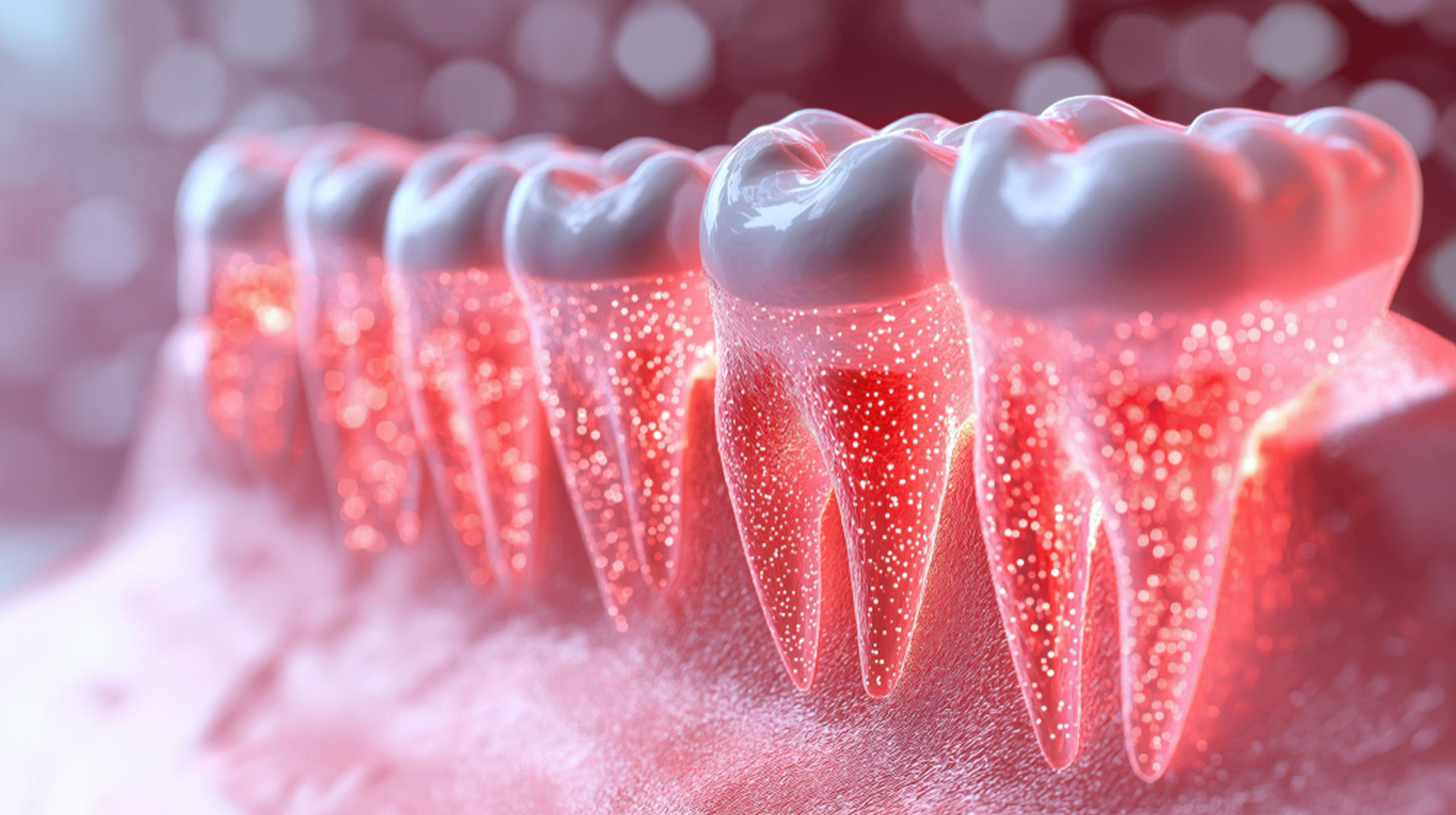

Loss of jawbone can occur from tooth extraction, gum disease, trauma or long‑term missing teeth. Without adequate bone, restorative options such as implants may be compromised. Bone grafting replenishes the missing bone by placing graft material—autogenous (your own), donor, animal‑derived or synthetic—into the deficient area. Over time your own bone grows into and replaces the graft, restoring volume and support.
At City Clinic, our specialists evaluate bone quality with advanced imaging, select the optimal graft type, perform the procedure with precision, and guide you through healing and restoration phases for lasting results.

1
2
3
Duration:
Number of Sessions:
Recovery / Downtime:
Pain Level:
Pre-Treatment:
Post-Treatment:
Short-term: You’ll regain bone volume and improve structural support of your jaw.
Long-term: The restored bone allows for stable, long‑lasting implants or prostheses, better aesthetics, improved chewing function and prevention of further bone loss.
• Active untreated infection or gum disease in the area
• Uncontrolled systemic health conditions that impair healing (e.g., severe diabetes, heavy smoking)
• Insufficient medical clearance for surgery
• Size and location of the bone defect
• Type of graft material selected (autograft vs donor vs synthetic)
• Need for additional procedures (e.g., sinus lift, extractions)
• Follow‑up visits and restoration planning




